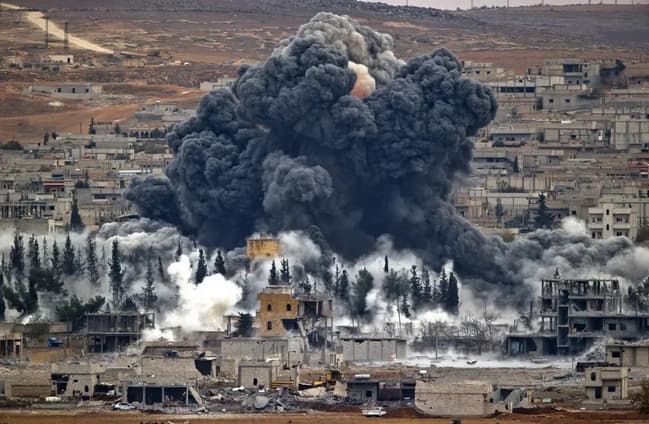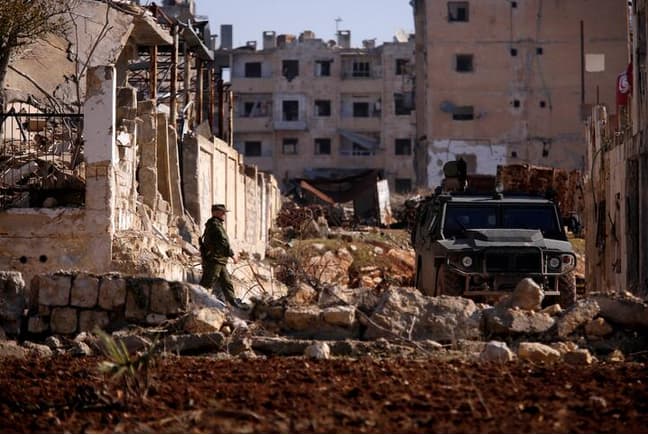War has always been one of the most important topics for journalism. With the development of technology, not only the methods of warfare have changed, but also the ways of reporting on it. In the 21st century, journalists on the front lines use digital tools and cyber technologies that are fundamentally changing the approach to creating and distributing reports on military conflicts.
Digital technologies: A new look at war
Digital technologies have long been an important tool in the hands of journalists. In the age of the Internet, every piece of news is instantly distributed around the world, which requires reporters to be prompt and accurate. War journalism is faced with challenges posed by new technologies:
- Drones and satellite images: Modern reporters are increasingly using drones to capture combat action from the air. This allows not only to better visualize events, but also to obtain unique footage from hard-to-reach places. Satellite images help journalists track troop movements, destruction of infrastructure, and the dynamics of military operations.
- Big Data Analytics: Computers are capable of processing vast amounts of data, which helps journalists research and analyze conflict. For example, data on troop movements, economic sanctions, and the social impact of war can be aggregated and presented to the audience in a more accessible form.
- Real Time and Streaming: War in the Internet age is war in real time. Streaming services and social networks allow journalists to broadcast live from the battlefield. This helps viewers witness events almost as they happen.
Cyberspace: A New Frontier for Information
Cyber warfare has become an integral part of modern military conflicts. It is a new space in which the struggle for information, perception, and control over public opinion is waged. Journalists covering military conflicts are increasingly faced with cyber attacks, fake news, and manipulation of information.
- Information Wars: Today’s conflicts are often accompanied not only by military action, but also by large-scale information operations. Countries are using cyber technologies to spread propaganda, undermine trust in independent sources of information and disinform the population. Journalists are faced with the need to carefully verify sources and combat fakes, which complicates their work.
- Cyber attacks on the media: It is not only armies that are under attack, but also the media. In recent years, there has been an increase in cyber attacks on news agencies that cover military conflicts. This threatens their ability to provide honest and timely information.

Virtual reality: a new level of immersion
Another technological breakthrough that can significantly change war journalism is virtual and augmented reality technologies. With their help, journalists can immerse the viewer in the thick of the action, allowing them to literally “live” the war:
- Interactive reporting: Virtual reality allows the creation of interactive materials in which the viewer can travel through destroyed cities, witness military operations or find themselves in the center of humanitarian crises. This gives the audience a deeper understanding of the events and emotional involvement.
- Immersive Storytelling: Augmented Reality (AR) helps to supplement stories with new layers of information – text, graphics, animation – making reporting even more informative and visual.
Challenges and Prospects
While digital technologies offer new opportunities for journalists, they also bring a number of challenges. War journalism faces unprecedented challenges such as censorship, cyber threats, information manipulation, and reporter safety in an ever-changing cyberspace.
However, the future of war journalism promises to be exciting and innovative. Digital technologies and cyberspace continue to transform the way we collect, analyze, and disseminate information, and journalists master new tools to cover complex and dangerous conflicts. Ultimately, this helps to create more complete and objective pictures of ongoing events, which helps audiences better understand the reality of war.
The future of war journalism is a synthesis of traditional reporting and the power of modern technology, and will continue to evolve as the influence of the digital world grows.
Technological support on the front lines
In today’s world, operational coverage of military conflicts is impossible without fast access to technology and data. Quick computer services play an important role in the work of military journalists, providing instant technical support on the scene. Whether it is repairing equipment, restoring access to data or setting up software for live broadcasts from the battlefield, such services allow reporters to quickly transmit information to global media, minimizing technical delays and errors. In conditions where every minute counts, the speed of digital services is becoming one of the key factors for successful journalism.
Conclusion:
Digital technology and cyberspace continue to revolutionize war journalism, opening up new horizons for covering conflicts. With the help of modern tools such as drones, data analytics, virtual reality and quick computer services, journalists are able to research and present events more quickly and in-depth. However, with this comes new challenges: information warfare, cyber attacks and data manipulation require reporters to be more vigilant and professional. Despite the challenges, the future of war journalism promises to be technologically advanced and innovative, allowing audiences to not only receive information but also to delve deeper into events unfolding on the world’s frontlines.
